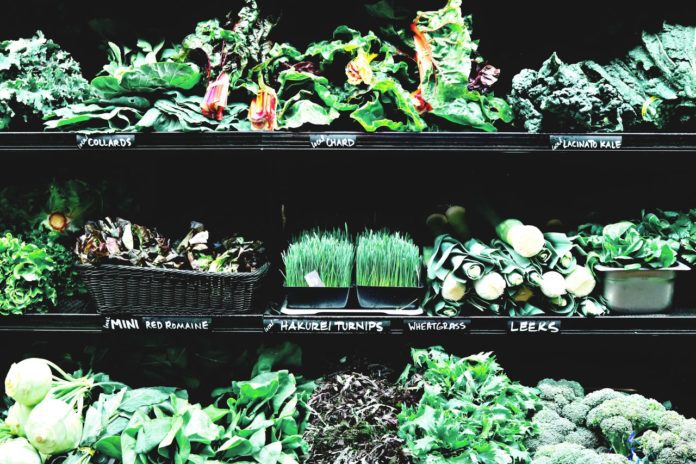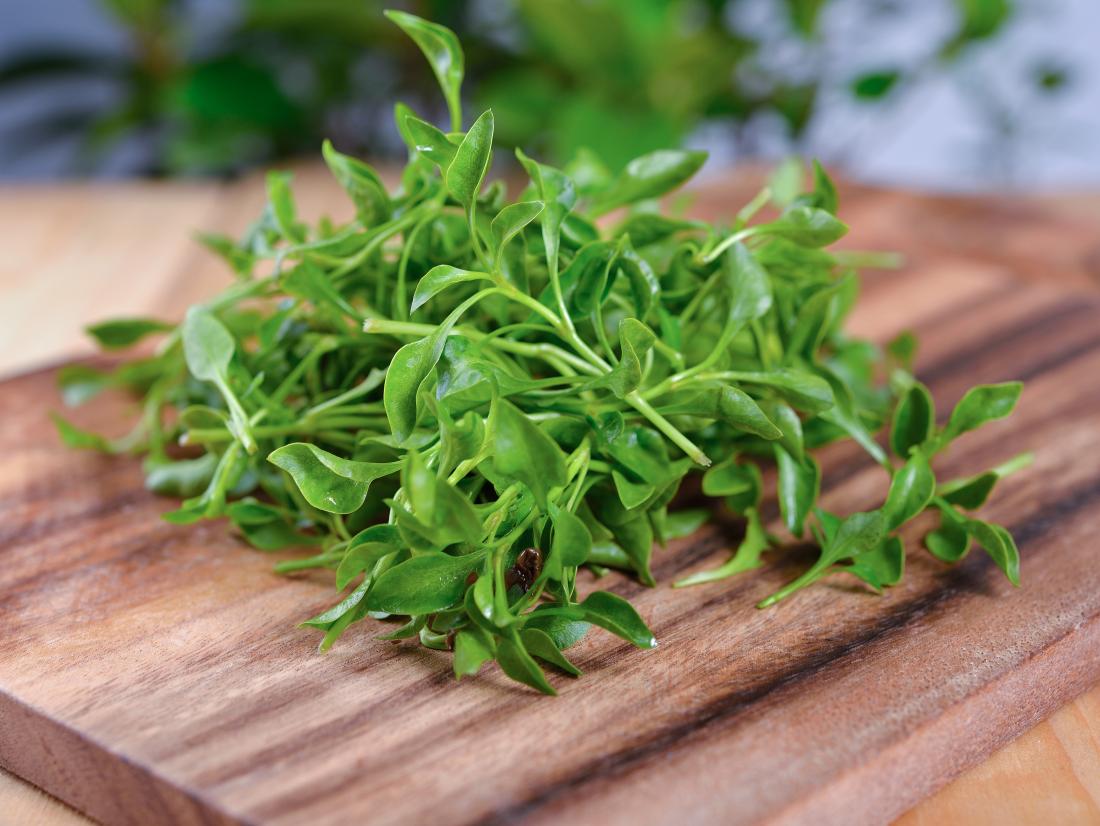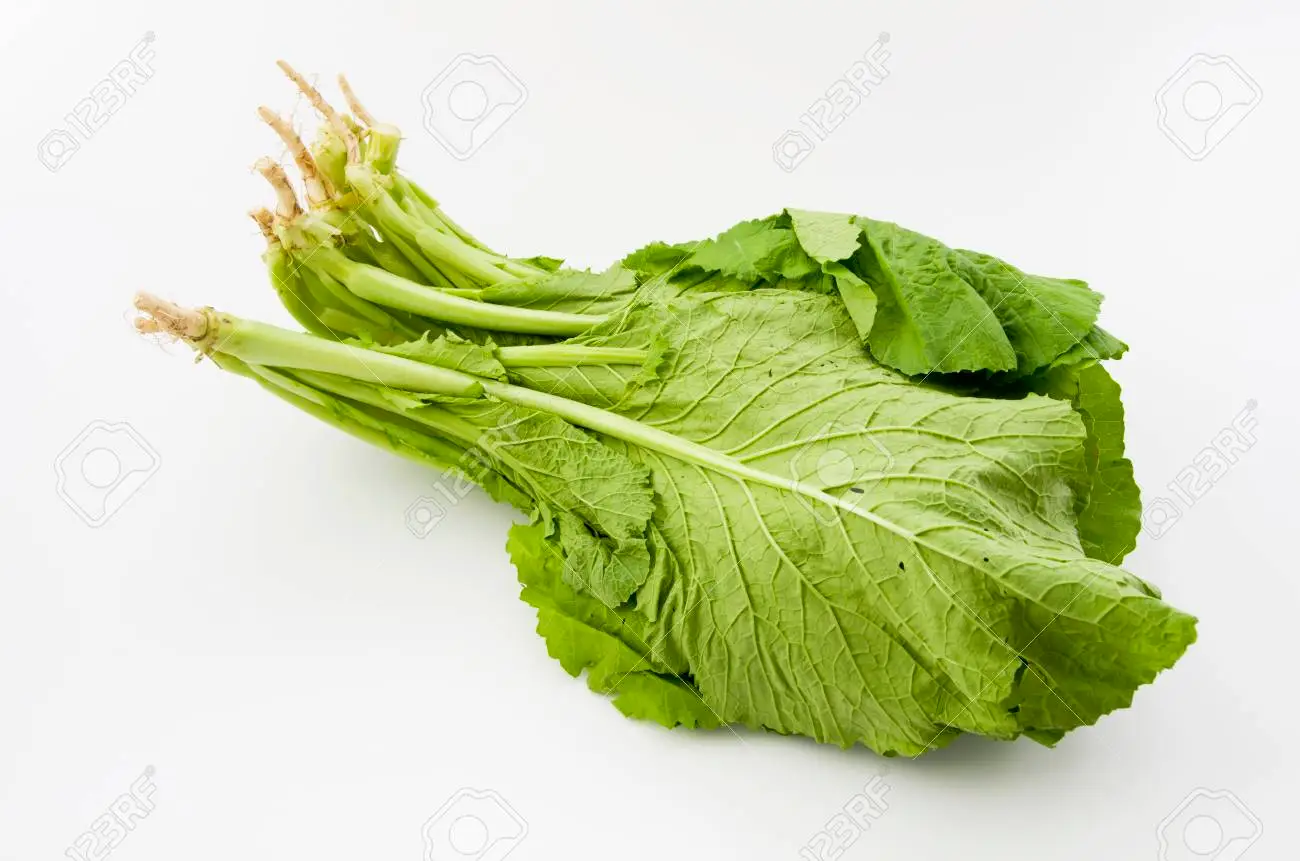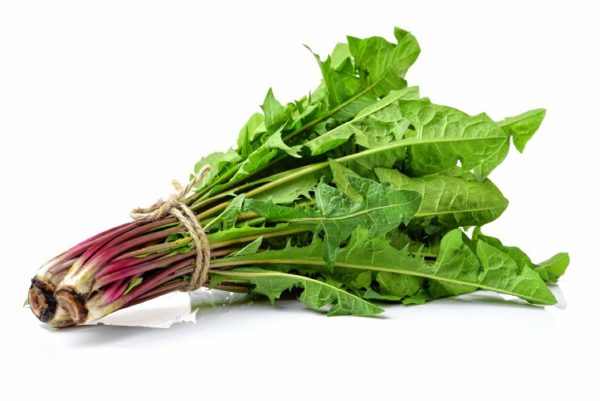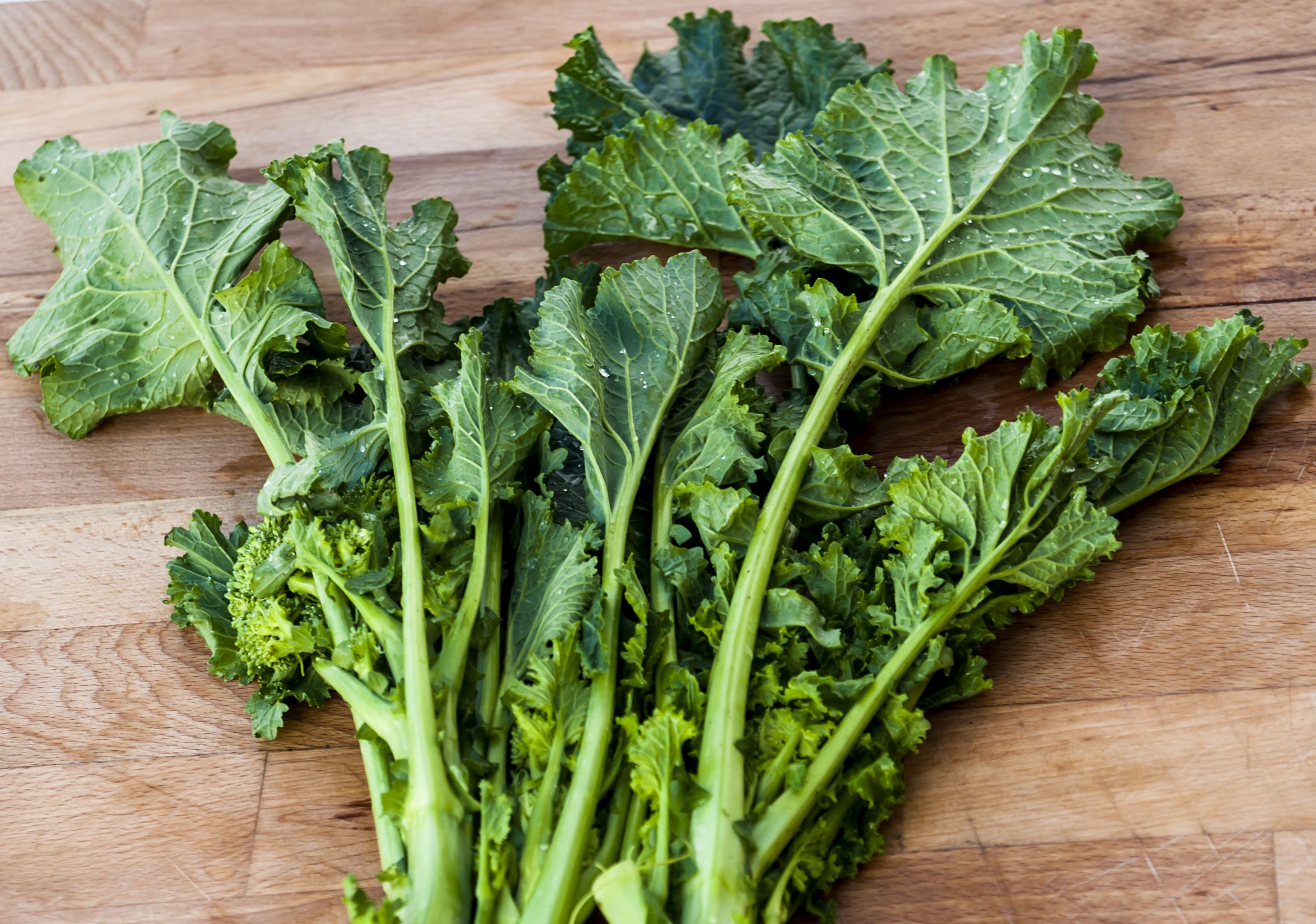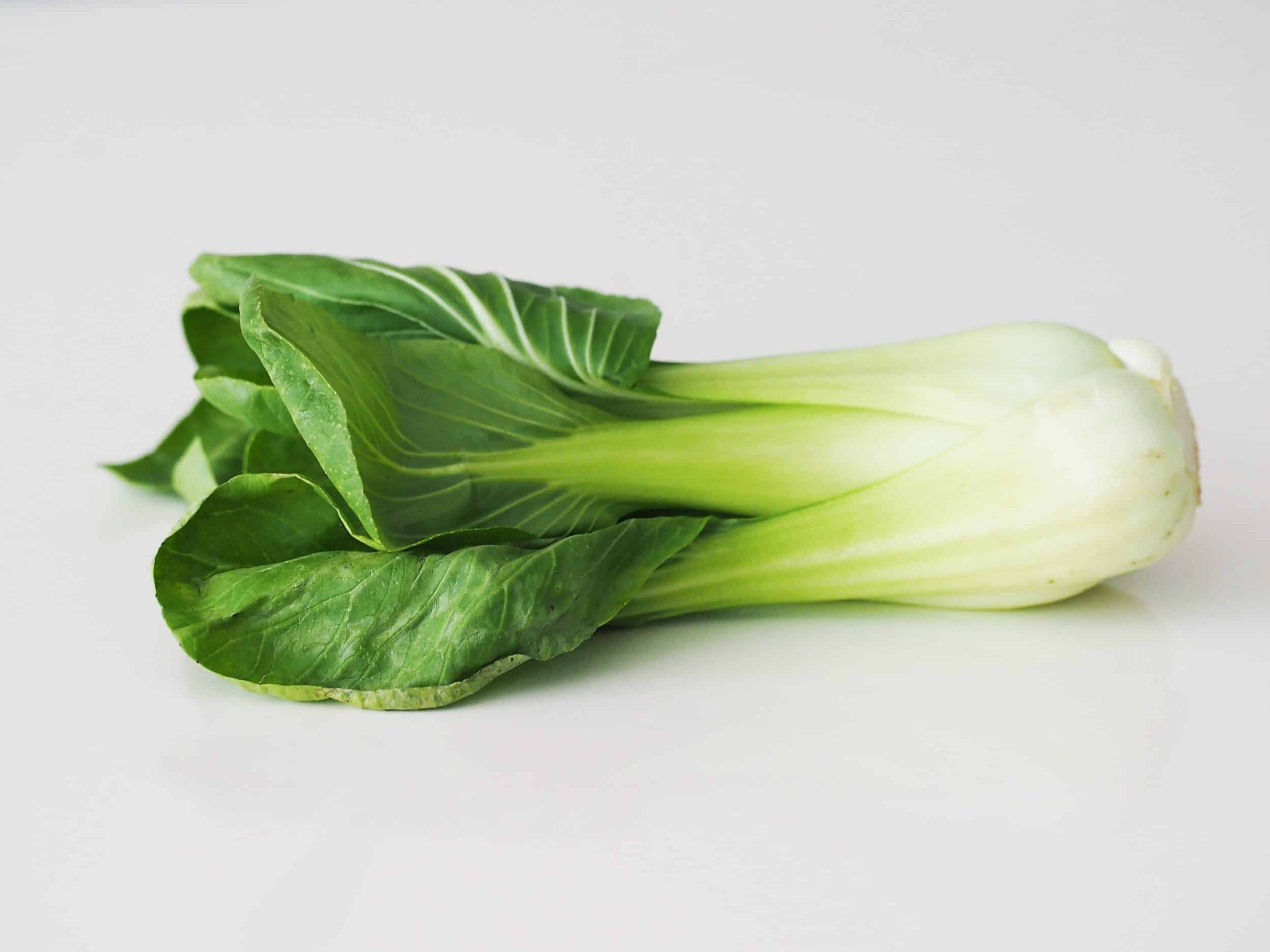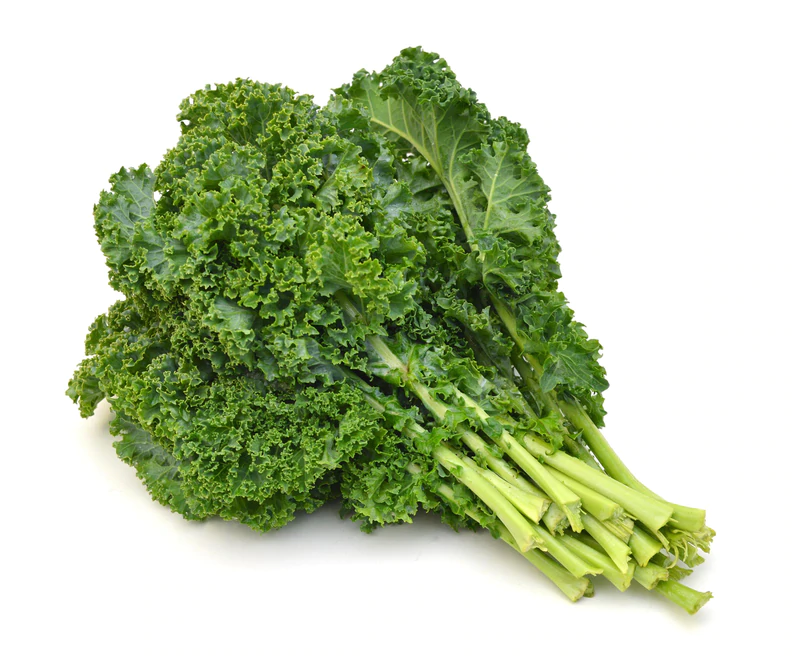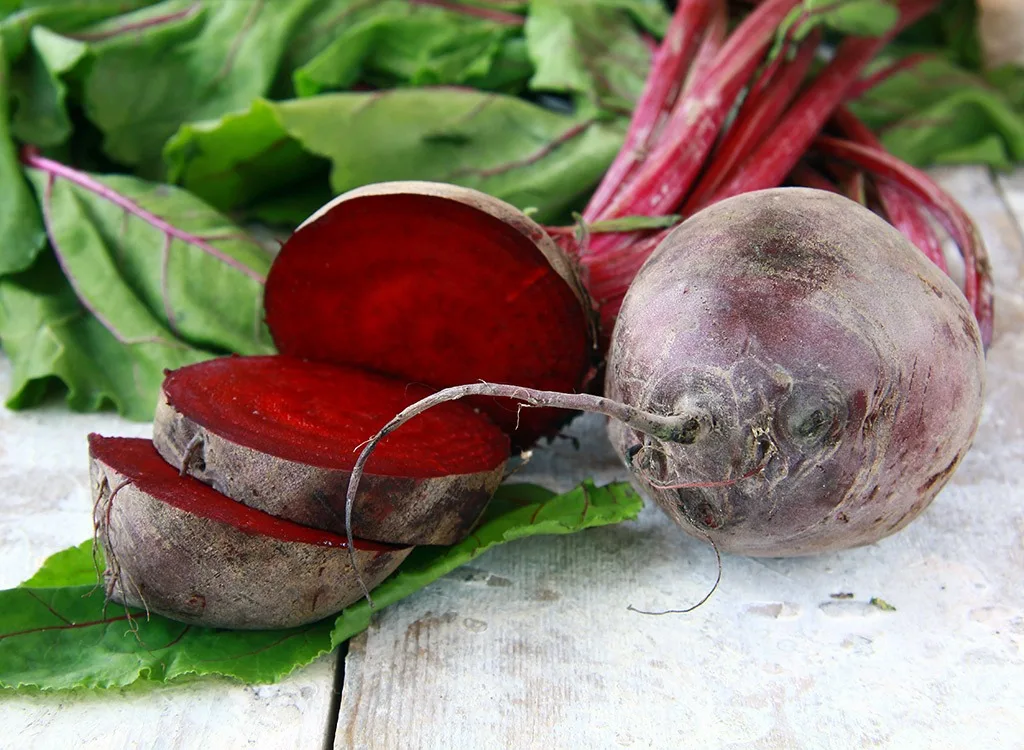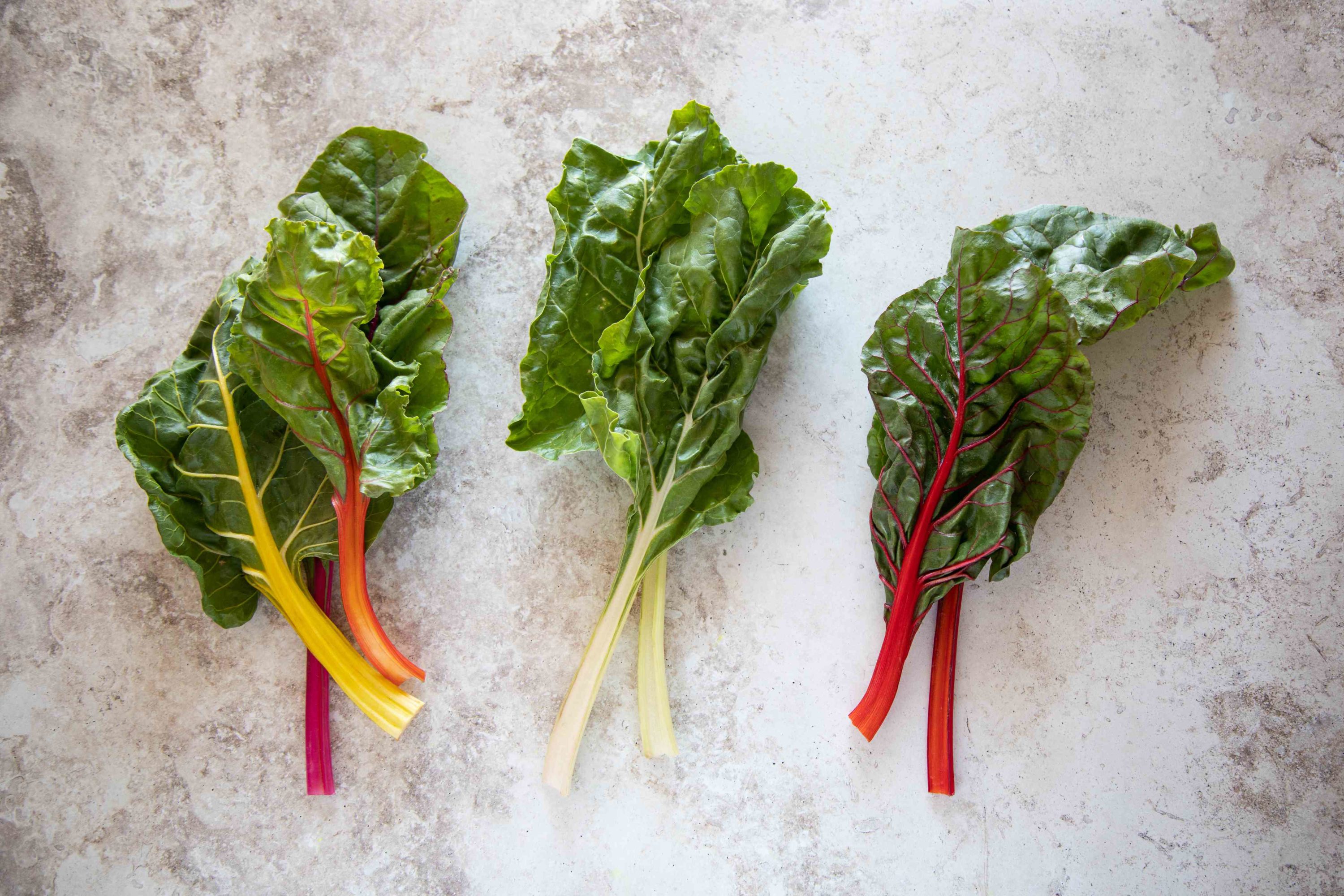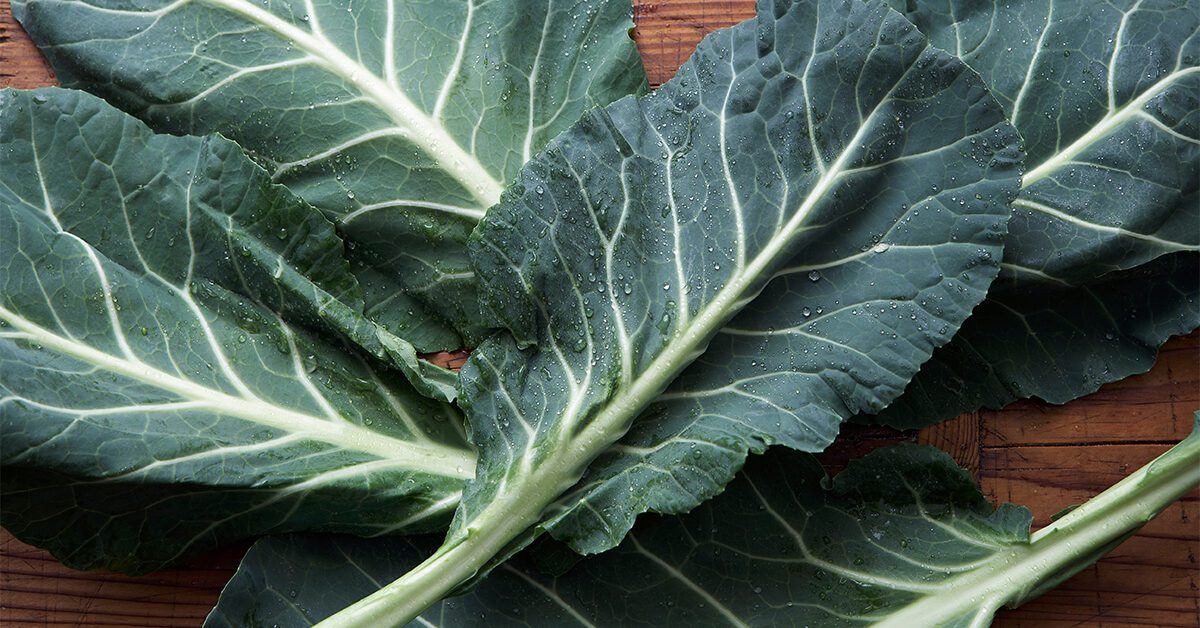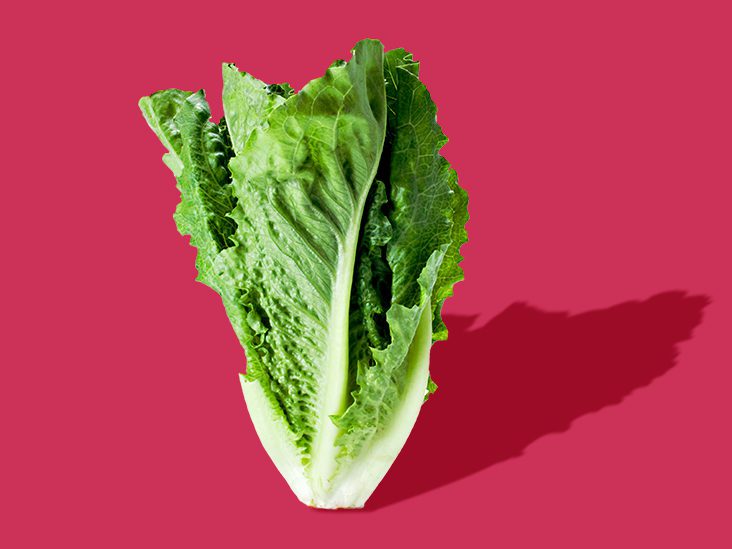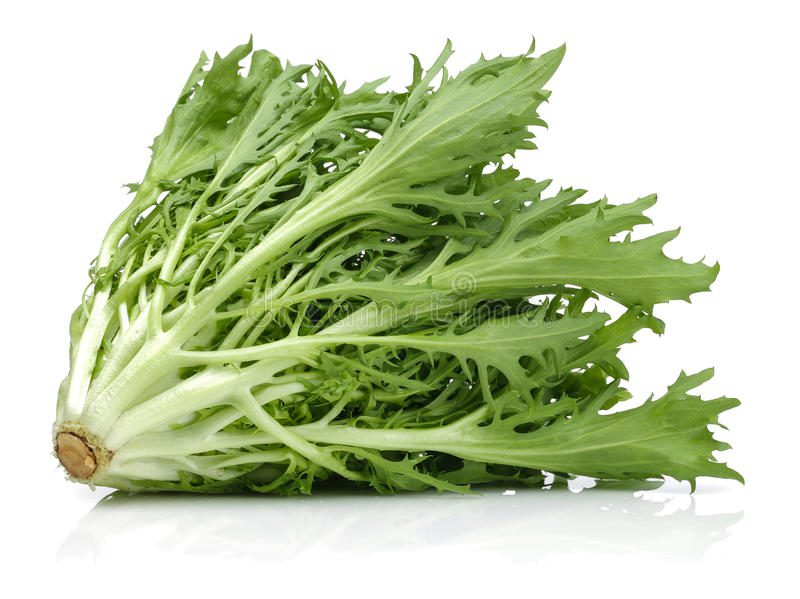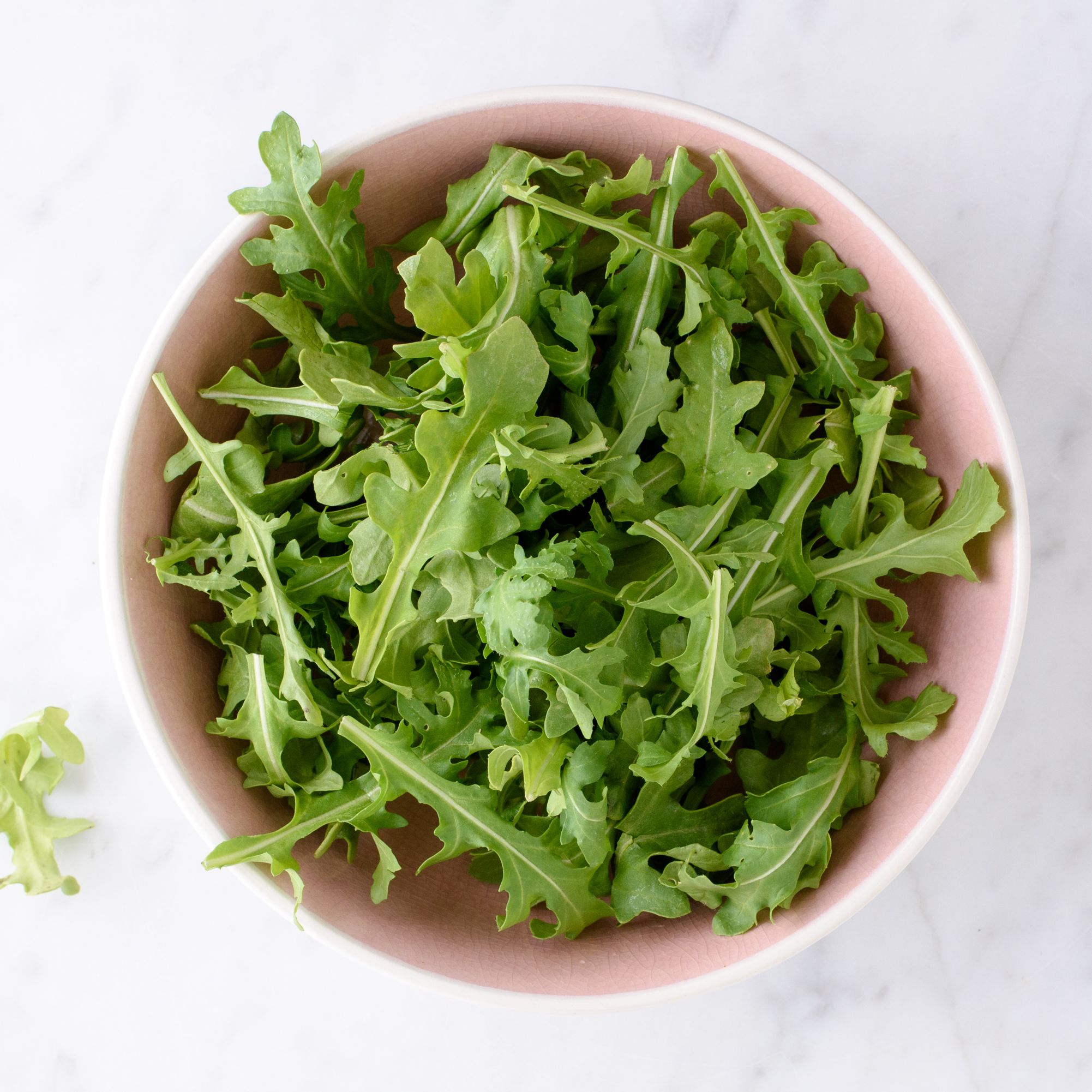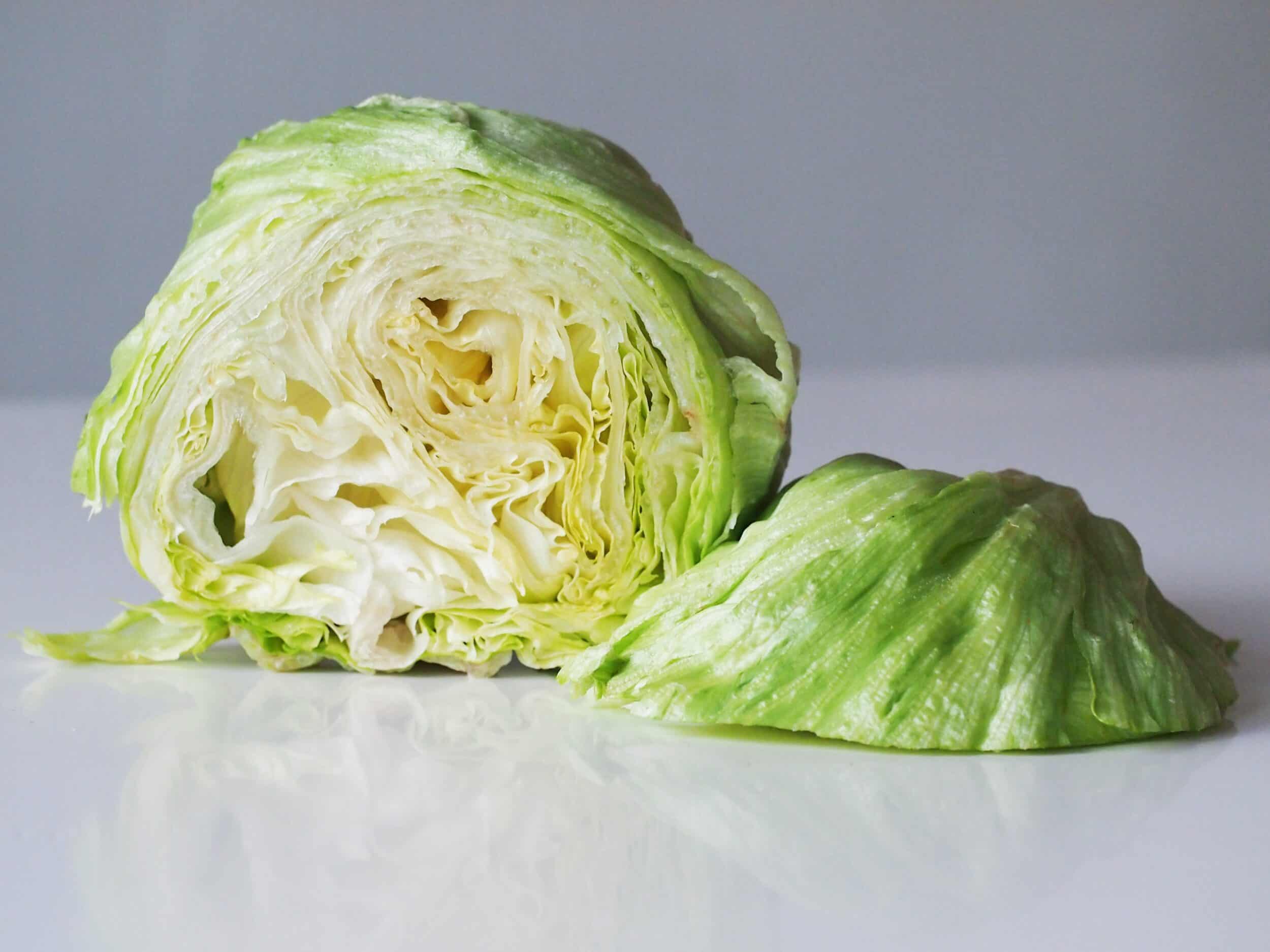Vegetables are an essential source of nutrients, and consuming a variety of leafy greens in your daily meals has numerous health benefits, including the lowered risk of obesity, heart disease, high blood pressure, and mental decline.
According to research, green leafy vegetables happen to be one of the best sources of dietary nitrates and compounds that maintain cardiovascular health.
From lettuce to turnip greens, here is a list of green leafy vegetables that you should try. These healthiest leafy green vegetables will transform your body to keep you fit and make your skin glow. To boost your nutrition, try to eat about 2 cups of dark leafy green vegetables every day.
Watercress
Watercress is a nutrient-rich vegetable that can do wonders for your diet. It has a peppery flavor that can be enjoyed with oil and vinegar. This vegetable is an excellent source of Vitamins K and C, is also low in calories, and consists of Omega 3s, fiber, and potassium.
Mustard greens
Mustard greens will give you a good amount of vitamin C, vitamin K, and folate. These can be eaten raw with some oil and vinegar or sautéed in olive oil. These are an excellent source of fiber along with micronutrients like copper, riboflavin, thiamin, and vitamin B6.
Dandelion greens
Dandelion greens are not just any weed; they are rich in vitamin C and vitamin B6 and high in prebiotic fiber that helps to nourish the bacteria in the microbiome. The vitamins help to metabolize fats and proteins, maintain the functioning of your nerves and produce red blood cells.
Turnip greens
Turnip greens consist of calcium, magnesium, folate, and vitamins like A, C, and K. This vegetable helps with health conditions related to heart diseases, cancer, and inflammation. Several antioxidants like glucotropaeolin, myricetin, and beta-carotene are present in turnip greens that reduce stress in your body.
Bokchoy
Bok Choy is a type of Chinese cabbage. It contains a mineral called selenium which helps in cognitive function, building immunity, and prevention of cancer. Selenium also helps with thyroid gland function, which plays an important role in metabolism.
Kale
Kale is said to be one of the most nutrient-dense vegetables in the leafy vegetable family. It contains antioxidants like lutein and beta-carotene, aiming to reduce the risk of heart diseases caused by oxidative stress. It is rich in minerals and vitamins, especially vitamins A, C, and K. Kale helps maintain a good vision, builds a healthy immune system, and is important for the growth and repair of the tissues in your body. To get the most out of Kale, consume it raw since cooking might reduce its nutrient profile.
Spinach
The dark green color of spinach is indicative of its nutritional profile. Spinach is an excellent source of vitamin A, K, C, iron, and healthy fibers. Cooked spinach contains folate that helps to convert your food into energy and creates a lot of healthy white and red blood cells. Use spinach as a salad base; it is easy to incorporate into your meals and doesn’t take away its flavor of it.
Beet greens
Beet greens are mostly thrown away by many people. But these greens are actually very nutritious and contain 13 percent of your daily vitamin requirement. You can either sauté them in some olive oil or add them to sandwiches.
Swiss Chard
Swiss Chard is just like beet greens. It has a high sodium content and has double the content of your daily vitamin intake. Swiss chard is packed with antioxidants and plant compounds like betalains and flavonoids. It also contains a unique flavonoid named syringic acid which helps to lower blood sugar levels.
Collard greens
Collard greens are a good source of Vitamins E, K, and C. Unlike other kinds of greens, these take a bit more time to cook. Collard greens are also linked with a reduced risk of hip fractures in women, which suggests a link between vitamins and bone health.
Romaine lettuce
Romaine lettuce has a crunchy texture and is dark green in color. Two cups of Romaine can help to meet about 30% of your daily vitamin A. Mix it with other greens like spinach and kale for those extra antioxidants. Romaine is rich in vitamin C, magnesium, and a good amount of folic acid.
Endive leaves
Endive leaves provide a good source of folate. It has a firm texture that can be used to make roll-ups. It is also filled with Vitamins K, and A. Endive leaves provide an antioxidant known as kaempferol that helps to reduce inflammation.
Arugula
Arugula is a tasty vegetable option with vitamins C, iron, and calcium. But it is not as nutritious as other leafy veggies. It is packed with provitamin A carotenoids and vitamin B9. It also has dietary nitrates that turn into nitric oxide inside your body which helps with increasing blood flow.
Iceberg lettuce
Even your regular leaf lettuce comes with a lot of health benefits. Both red and green lettuce is good for picky eaters and children. It is a little low in terms of fiber but has a lot of Vitamin A. Iceberg lettuce provides potassium and manganese to your body. Small traces of copper, zinc, and sodium are also found in this vegetable. It is rich in vitamins A, K, C, thiamine and folate.

